Yingzhao Lian
SeaDAG: Semi-autoregressive Diffusion for Conditional Directed Acyclic Graph Generation
Oct 21, 2024
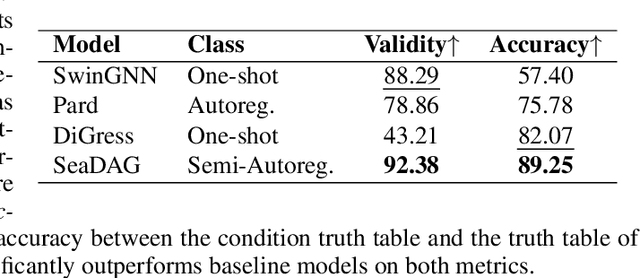


Abstract:We introduce SeaDAG, a semi-autoregressive diffusion model for conditional generation of Directed Acyclic Graphs (DAGs). Considering their inherent layer-wise structure, we simulate layer-wise autoregressive generation by designing different denoising speed for different layers. Unlike conventional autoregressive generation that lacks a global graph structure view, our method maintains a complete graph structure at each diffusion step, enabling operations such as property control that require the full graph structure. Leveraging this capability, we evaluate the DAG properties during training by employing a graph property decoder. We explicitly train the model to learn graph conditioning with a condition loss, which enhances the diffusion model's capacity to generate graphs that are both realistic and aligned with specified properties. We evaluate our method on two representative conditional DAG generation tasks: (1) circuit generation from truth tables, where precise DAG structures are crucial for realizing circuit functionality, and (2) molecule generation based on quantum properties. Our approach demonstrates promising results, generating high-quality and realistic DAGs that closely align with given conditions.
SoLA: Solver-Layer Adaption of LLM for Better Logic Reasoning
Feb 19, 2024



Abstract:Considering the challenges faced by large language models (LLMs) on logical reasoning, prior efforts have sought to transform problem-solving through tool learning. While progress has been made on small-scale problems, solving industrial cases remains difficult due to their large scale and intricate expressions. In this paper, we propose a novel solver-layer adaptation (SoLA) method, where we introduce a solver as a new layer of the LLM to differentially guide solutions towards satisfiability. In SoLA, LLM aims to comprehend the search space described in natural language and identify local solutions of the highest quality, while the solver layer focuses solely on constraints not satisfied by the initial solution. Leveraging MaxSAT as a bridge, we define forward and backward transfer gradients, enabling the final model to converge to a satisfied solution or prove unsatisfiability. The backdoor theory ensures that SoLA can obtain accurate solutions within polynomial loops. We evaluate the performance of SoLA on various datasets and empirically demonstrate its consistent outperformance against existing symbolic solvers (including Z3 and Kissat) and tool-learning methods in terms of efficiency in large-scale problem-solving.
Fault Detection via Occupation Kernel Principal Component Analysis
Mar 20, 2023Abstract:The reliable operation of automatic systems is heavily dependent on the ability to detect faults in the underlying dynamical system. While traditional model-based methods have been widely used for fault detection, data-driven approaches have garnered increasing attention due to their ease of deployment and minimal need for expert knowledge. In this paper, we present a novel principal component analysis (PCA) method that uses occupation kernels. Occupation kernels result in feature maps that are tailored to the measured data, have inherent noise-robustness due to the use of integration, and can utilize irregularly sampled system trajectories of variable lengths for PCA. The occupation kernel PCA method is used to develop a reconstruction error approach to fault detection and its efficacy is validated using numerical simulations.
Lessons Learned from Data-Driven Building Control Experiments: Contrasting Gaussian Process-based MPC, Bilevel DeePC, and Deep Reinforcement Learning
May 31, 2022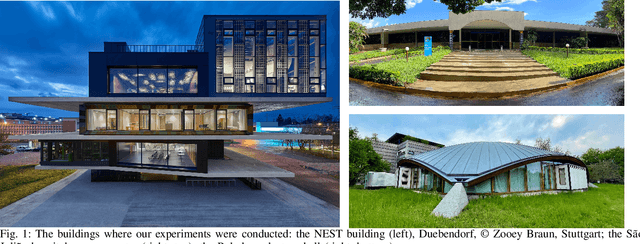
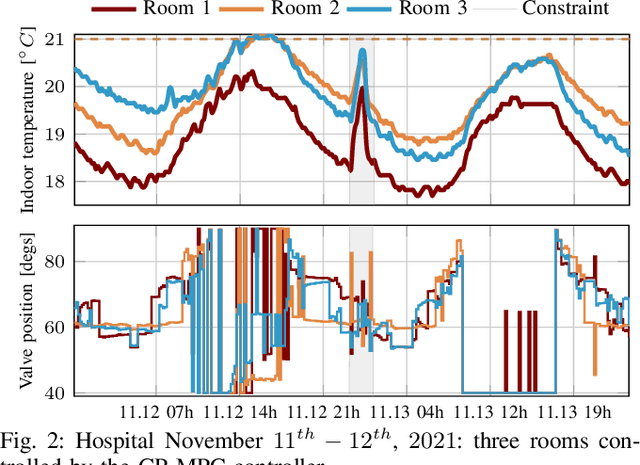
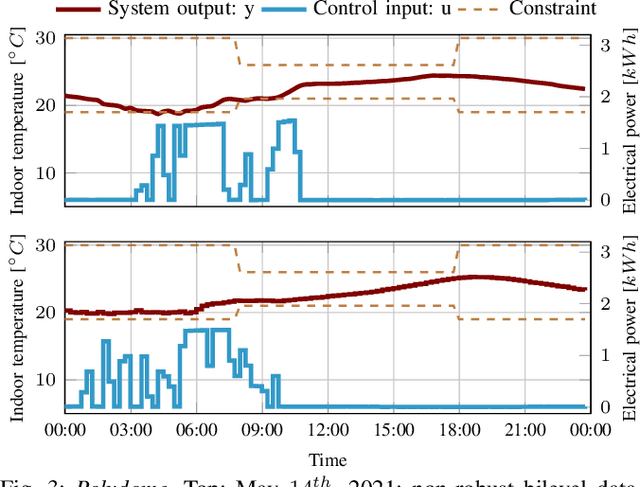
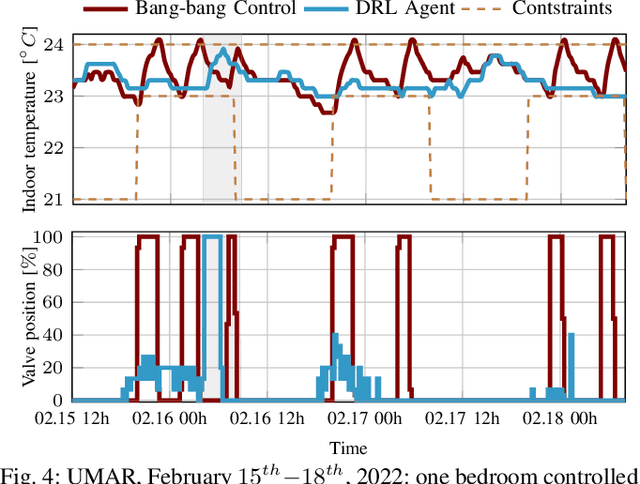
Abstract:This manuscript offers the perspective of experimentalists on a number of modern data-driven techniques: model predictive control relying on Gaussian processes, adaptive data-driven control based on behavioral theory, and deep reinforcement learning. These techniques are compared in terms of data requirements, ease of use, computational burden, and robustness in the context of real-world applications. Our remarks and observations stem from a number of experimental investigations carried out in the field of building control in diverse environments, from lecture halls and apartment spaces to a hospital surgery center. The final goal is to support others in identifying what technique is best suited to tackle their own problems.
 Add to Chrome
Add to Chrome Add to Firefox
Add to Firefox Add to Edge
Add to Edge